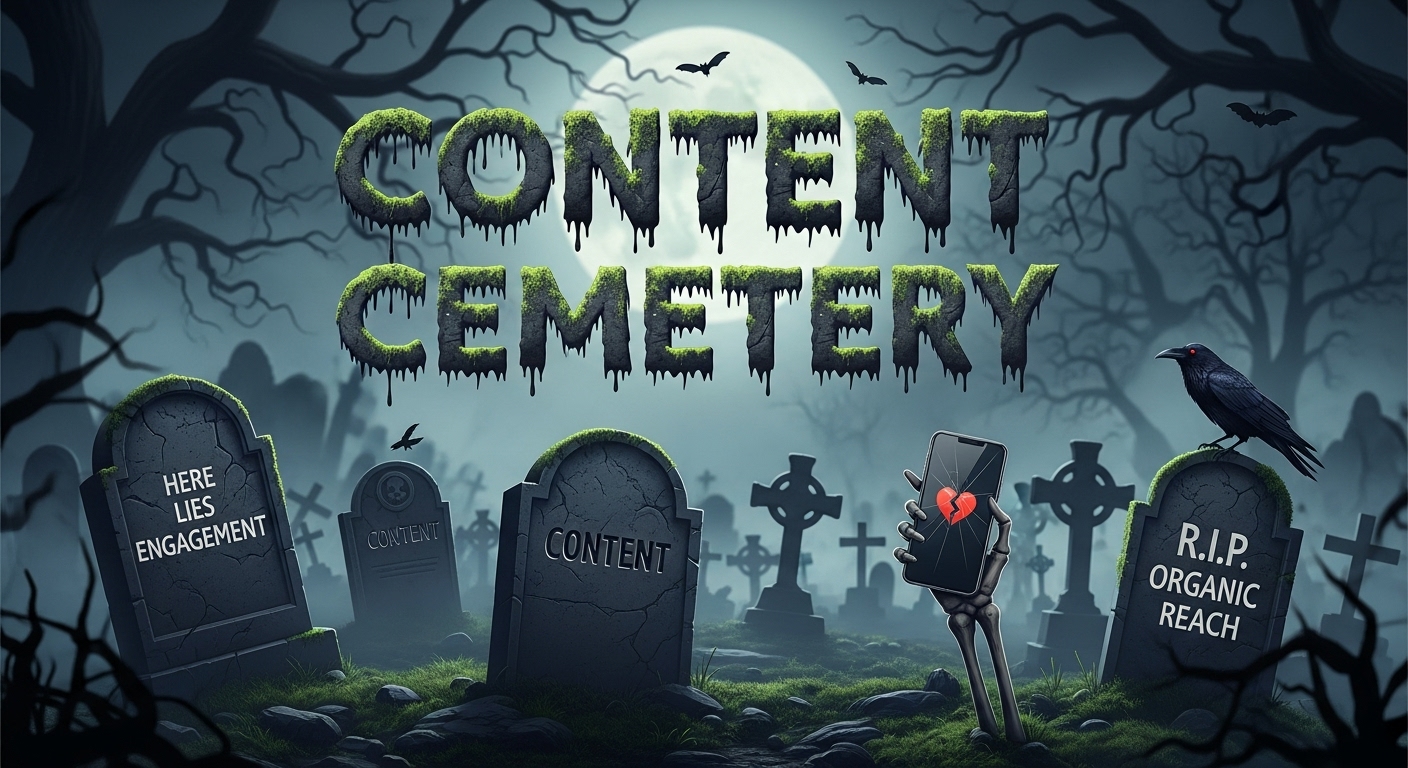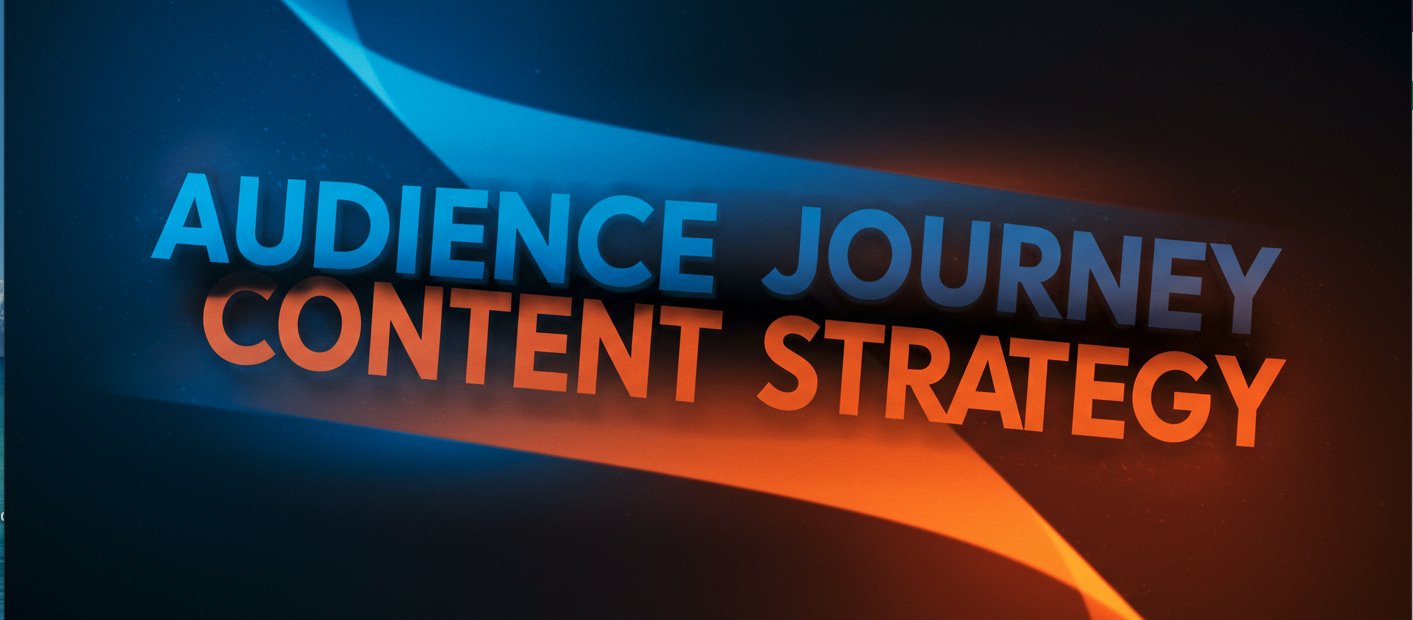
Key takeaways on how today’s digital leaders are mastering AI discoverability

The rise of large language models (LLMs) in search has redefined what it means for a brand to be discoverable – and that was the subject of Knotch’s recent webinar, titled Mastering Discoverability in the AI Era. Knotch’s SVP of Strategy David Brown was joined by three leaders for a candid discussion about what’s actually working in this new reality:
- Evan Finkelstein, Head of SEO & AI Discoverability, New York Life
- Scott Gardner, Partner, New Media Advisors
- Neesha Mathur, Executive Director of Product Management, Novartis
The clearest theme from the conversation was that AI discoverability isn’t something you can “optimize for” in isolation. Rather, it sits at the convergence of many arms of a company’s digital ecosystem: content, structure, UX, PR, social, governance, SEO, and brand strategy. Some of them have historically rarely talked to one another. But AI has forced these disciplines into the same room, and the brands that collaborate fastest will gain an advantage that compounds quickly.
Here are the biggest learnings that fellow marketers can take home.
LLMs reward brands that understand user intent
As Evan Finkelstein of New York Life explained, the content surfacing inside LLM answers is consistently the content that best reflects user intent versus just keyword optimization. People are searching in longer, more specific, and more personalized ways. LLMs respond in turn by pulling the clearest, most directly structured answers. Content that immediately addresses the user’s underlying problem, instead of echoing broad marketing language that tries to be everything to everyone, will rise to the top.
This clarity is impossible without a strong foundation for a brand’s content. As Novartis’ Neesha Mathur shared, her team found that many underperforming pages were failing because of inconsistent header hierarchies, missing schema, inaccessible content, or even simple mistakes like missing image captions. Contrary to classical SEO, AI discoverability isn’t about density or exact-match keywords. Rather, it’s the technical and structural architecture that allows AI systems to read and interpret your content at all.
If a bot can’t crawl your content, you don’t exist
And on that note, several panelists stressed that brands are often unaware that their most important pages aren’t being crawled. Cloudflare configurations, robots.txt rules, CDNs, and JavaScript-heavy templates frequently make core content inaccessible to LLMs. Google’s bots can sometimes get around these barriers, but ChatGPT and Claude cannot.
Before a brand can think about AI visibility, it must audit the pipes: where content lives, how it’s rendered, and whether an LLM can actually ingest the passages that matter. Purely technical blockers remain one of the most common reasons a brand is invisible in AI search, despite having strong content.
Cross-functional collaboration is becoming a competitive advantage
One of the most transformative shifts happening inside enterprises is the way that their discoverability teams are being constructed. PR, comms, SEO, brand, social, UX, and content strategy were once loosely aligned functions. AI has turned them into interdependent pieces of the same machinery.
That’s because LLMs rely just as much on off-site signals as on on-site ones. Third-party citations, brand mentions in articles, YouTube descriptions, press coverage, research reports, and even LinkedIn posts all shape how an LLM talks about a brand. Scott Gardner emphasized that corporate communications and digital PR teams are now critical partners for search and content teams – perhaps even more than they were in the era when brands were trying to figure out Google for the first time.
Finkelstein noted that New York Life has been actively aligning social, PR, brand partnerships, and content teams to ensure consistent messages appear across every channel. When every part of the organization reinforces the same themes, LLMs pick up on that coherence.
FAQs and direct answers are essential in an answer-engine world
While FAQs are far from a new phenomenon, their importance has grown dramatically (and practically overnight). LLMs extract highly structured passages that resemble the patterns of FAQs: a clear question, a direct answer, and supplementary context. Brands that redesign content to reflect this structure, especially using FAQ schema, are seeing immediate jumps in visibility.
Scott explained that the most effective FAQs aren’t generic or marketing-led; they’re grounded in real customer questions. Pulling from call-center logs, searches, surveys, and conversation data helps brands write answers that feel authentic, specific, and useful. LLMs reward that human-centered clarity.
The indirect impact of AI Is hundreds of times larger than the direct impact
David Brown shared one of Knotch’s most surprising findings: while only around 0.13% of site traffic currently comes directly from LLM citations, 30-40% of visitors say they used an AI tool before coming to the site. This indirect influence of AI – the way LLM answers shape consideration, confidence, and next steps – is roughly 300 times larger than the directly measurable traffic.
Brands have been told for years that they need to think beyond capturing clicks, and now that’s more true than ever. The end game now is making sure that the brand is named and positioned inside AI overviews; and that the content LLMs pull in is accurate, high-quality, and aligned with brand messaging. The real value of AI search is its influence on the “missing middle” of the customer journey, where decisions are quietly being shaped.
Accuracy is becoming a governance issue
The panelists also discussed the ongoing challenge of AI hallucinations, a particularly pressing issue for those coming from highly regulated industries like pharma and finance. Neesha Mathur explained that Novartis experiences frequent issues with incorrect drug pricing. Financial brands, on the other hand, often see incomplete or misleading investment and insurance explanations. The sources that LLMs rely on are not always up to date, and incorrect information can put both customers and brands at risk.
Brands are beginning to treat AI accuracy as part of content governance: monitoring citations, contacting third-party publishers to update outdated information, and using structured data to “ground” the answers that LLMs generate. It’s not yet a perfect process (and regulators haven’t caught up) but vigilance is becoming mandatory.
Topical authority is replacing keyword strategy
All three panelists pointed to a strategic shift: Instead of trying to win hundreds of keywords, brands are now organizing around a handful of core themes. These themes map directly to business priorities like Novartis’ focus on healthcare professional needs, or New York Life’s emphasis on life insurance literacy.
Topical authority means owning a cluster of questions, conversations, and concepts, beyond just appearing for a specific query. It’s a more holistic, more brand-aligned approach to visibility. And because LLMs build entity graphs, not lists of rankings, this thematic clarity helps brands emerge as trusted sources.
Measuring success requires new KPIs
The panelists agreed on a few metrics that matter most in the AI era, with “share of voice within LLMs” emerging as the most useful and explainable benchmark. When measured consistently across the same tool and the same competitors, it helps organizations understand whether they’re gaining or losing ground across the topics that matter.
Log file analysis is also becoming more important, as it reveals how often LLMs’ live-search bots are crawling your pages, and for which queries. Meanwhile, keyword rankings and AI “visibility scores” are increasingly misleading, offering little meaningful insight about how people actually discover information today.
In conclusion: The window for competitive advantage is open…but not for long
The webinar ended with a shared sense of urgency. AI search is still in flux, and the brands that build strong structural foundations, align cross-functional teams, produce clear and authoritative content, and focus on their core themes now will gain an advantage that’s difficult for competitors to undo.
As Scott Gardner put it, challenger brands can close years of distance in a matter of months if they act quickly, while slow-to-move incumbents may find themselves unexpectedly overtaken. The landscape is evolving, but the brands that stay grounded in customer needs, content quality, and cohesive brand strategy will emerge the strongest.
Published November 25, 2025
Become a thought leader
Become a thought leader
Trusted by the largest (and now smartest) brands in the world.
“Before Knotch we did not understand what content was driving business results. Now we understand which content moves the needle. Knotch’s cohesive reporting and insights paint a real picture of what’s happening on our website instead of the patchwork quilt that comes from a Google Analytics approach. With Knotch we have been able to re-prioritize ad spend, route better leads to our SDR team, and inform our content development initiatives.”

"The Knotch platform ensures that we deliver high-performing content tailored to young home shoppers, enhancing their experience and driving better business outcomes.”

"Our partnership with Knotch has been highly successful, empowering us to leverage data-driven insights and refine our content strategy.”








